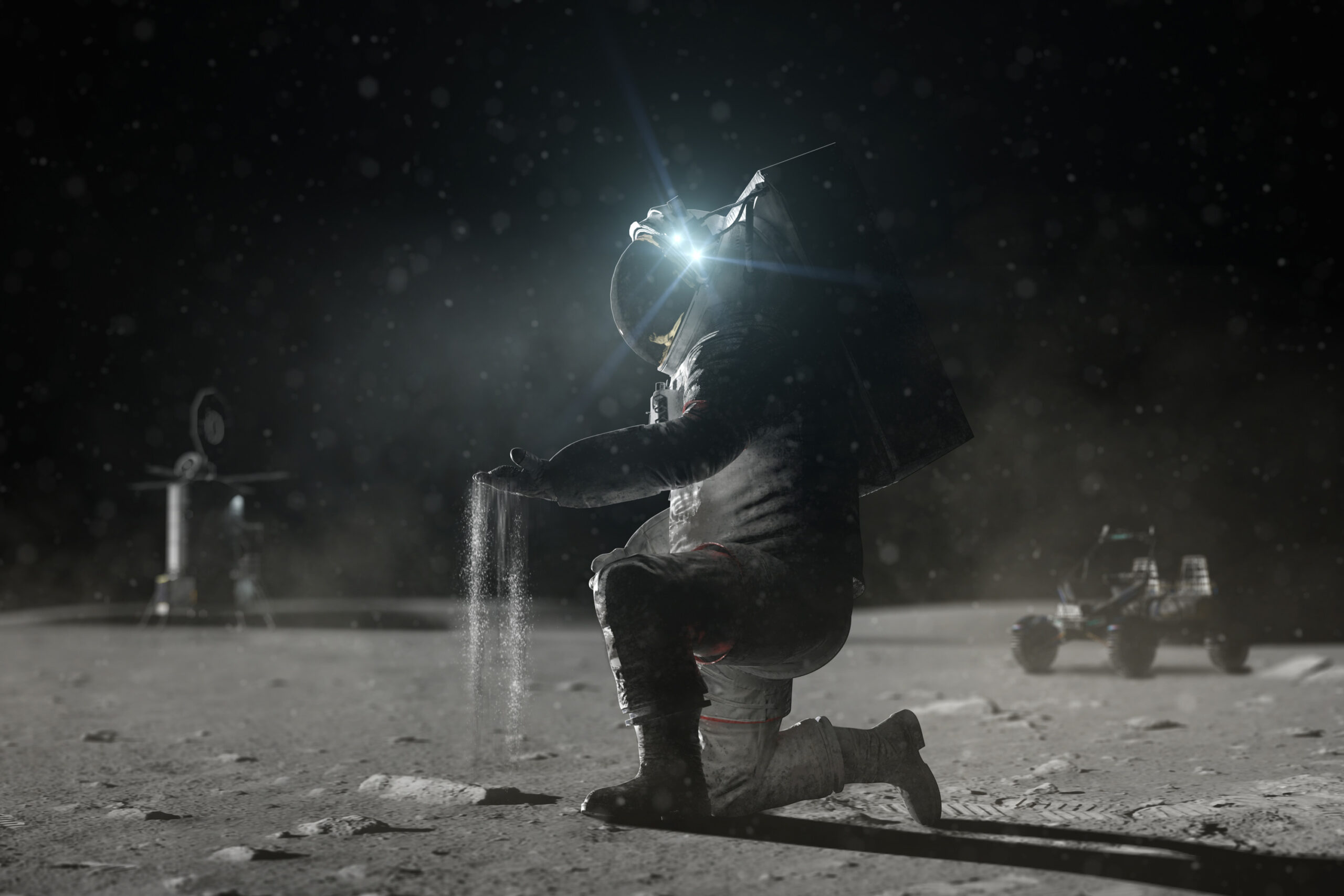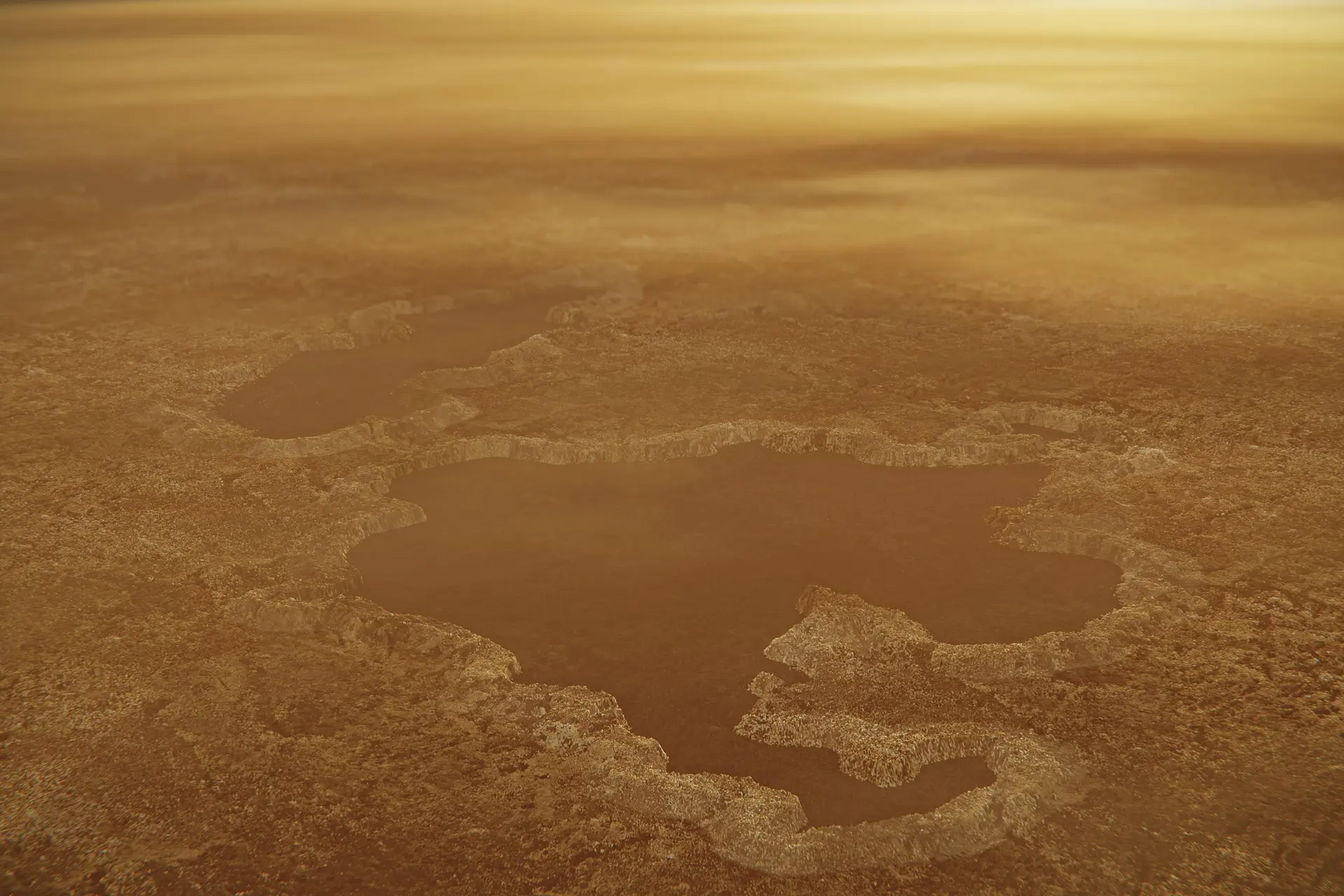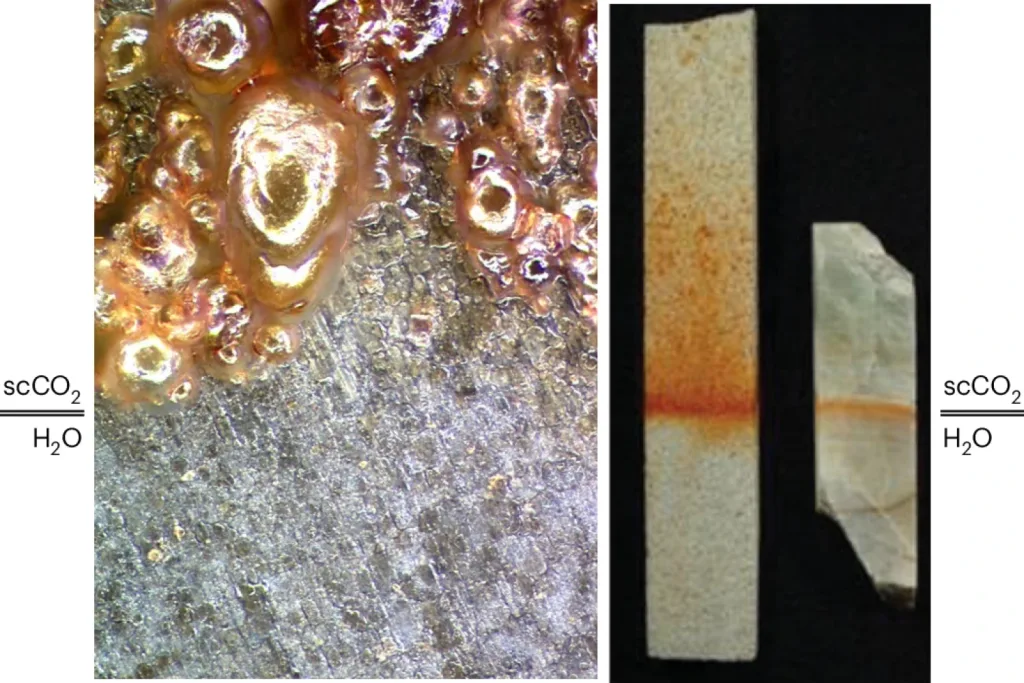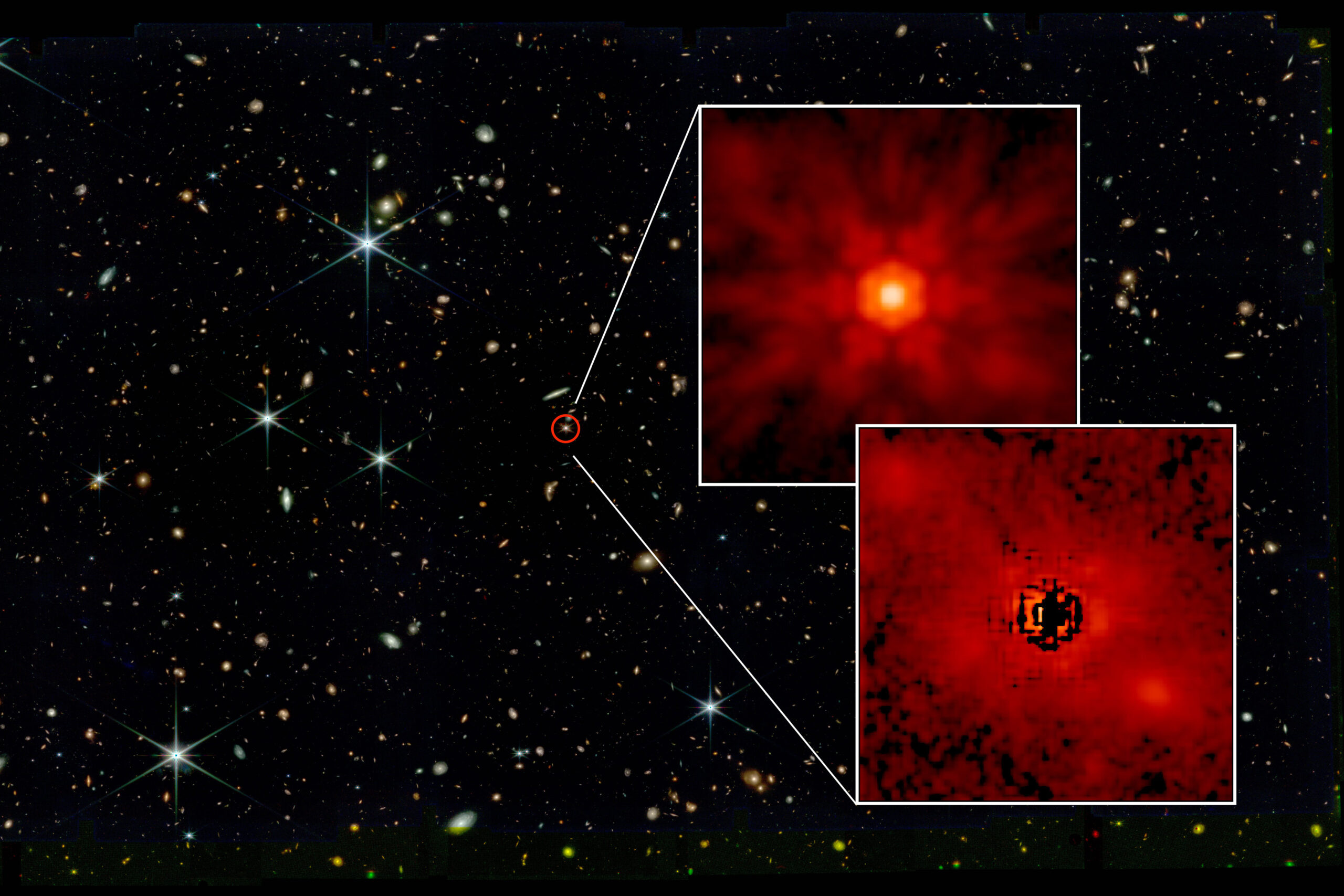Although the moon’s surface is void of breathable air, it possesses an extremely thin atmosphere. Since the 1980s, astronomers have detected a sparse layer of atoms bouncing just above the moon’s surface. This unique atmosphere, known scientifically as an “exosphere,” is likely the result of various space weathering processes. However, pinpointing the exact nature of these processes has remained a challenge.
Recent research by scientists from MIT and the University of Chicago has identified the primary mechanism that not only formed the moon’s atmosphere but also continues to sustain it. In a groundbreaking study published in Science Advances, the team concluded that the lunar atmosphere primarily arises from a phenomenon termed “impact vaporization.”
The researchers conducted an in-depth analysis of lunar soil samples collected by NASA astronauts during the Apollo missions. Their findings suggest that, over its 4.5 billion-year history, the moon has faced relentless bombardment from meteorites — initially large ones, followed by tiny micrometeoroids. These constant impacts stir up the lunar soil, vaporizing certain atoms upon contact and propelling these particles into the tenuous atmosphere. While some atoms escape into space, a portion remains suspended, perpetuating the fragile atmosphere that is consistently replenished by ongoing meteorite impacts.
Nicole Nie, the study’s lead author and an assistant professor in MIT’s Department of Earth, Atmospheric and Planetary Sciences, stated, “We provide a clear answer that meteorite impact vaporization is the main contributor to the formation of the lunar atmosphere. Over billions of years, the moon’s surface has been continuously subjected to meteorite impacts, leading to a steady-state atmosphere replenished by small impacts all over the moon.”
Co-authors of the study include Nicolas Dauphas, Zhe Zhang, and Timo Hopp from the University of Chicago, along with Menelaos Sarantos from NASA Goddard Space Flight Center.
Unraveling Weathering Processes
NASA’s Lunar Atmosphere and Dust Environment Explorer (LADEE), launched in 2013, orbited the moon to analyze its atmospheric conditions. The mission aimed to investigate the moon’s thin atmosphere, surface conditions, and the environmental influences on lunar dust.
LADEE’s mission focused on determining the origins of the moon’s atmosphere. Scientists hoped the probe’s remote measurements would reveal insights into the atmospheric and soil composition, correlating these findings with space weathering processes potentially responsible for the moon’s atmosphere.
Researchers believe two main space weathering mechanisms impact the moon’s atmosphere: impact vaporization and “ion sputtering.” Ion sputtering involves charged particles from the solar wind striking the moon’s surface, energizing soil atoms and sending them soaring into the atmosphere.
“Data from LADEE suggested that both processes played significant roles,” Nie explained. “For instance, measurements indicated higher atom counts during meteorite showers, implying impacts contributed to atmospheric changes. However, shielding the moon from sunlight also altered atmospheric compositions, demonstrating solar effects.” Unfortunately, these findings lacked clarity.
Insights from Lunar Soil
To gain a clearer understanding of the lunar atmosphere’s origins, Nie and her colleagues turned to lunar soil samples from the Apollo missions. They examined ten samples, each weighing about 100 milligrams — roughly the size of a raindrop.
Focusing on potassium and rubidium, both volatile elements prone to vaporization, the researchers analyzed different isotopes of each element. Isotopes are variations of the same element that differ in neutron count, which allows scientists to track the sources of these atoms in the moon’s atmosphere.
The team theorized that lighter isotopes should more easily escape into the atmosphere, while heavier isotopes would likely remain in the lunar soil. By comparing the isotopic ratios of potassium and rubidium in these samples, the researchers could determine the dominant process guiding the origins of the moon’s atmosphere.
The analysis revealed a predominance of heavy isotopes for both potassium and rubidium. By quantifying the ratios of light to heavy isotopes in the samples, the researchers confirmed that impact vaporization is the primary source of atoms that coalesce and form the moon’s atmosphere.
“With impact vaporization, most atoms tend to remain within the lunar atmosphere, unlike ion sputtering, which ejects a significant number into space,” Nie noted. “Our findings allow us to quantify the contributions of both processes, establishing that around 70 percent of the moon’s atmosphere is derived from meteorite impacts, while the remaining 30 percent results from solar wind.”
Justin Hu, a postdoctoral researcher studying lunar soils at Cambridge University, praised the study: “The discovery of such a subtle effect is impressive, thanks to the innovative combination of potassium and rubidium isotope measurements with meticulous modeling. This research extends beyond lunar history and may apply to other moons and asteroids, pivotal for planned exploratory missions.”
“These Apollo samples were crucial for precise data and detailed measurements,” Nie emphasized. “It’s vital to continue returning samples from the moon and other celestial bodies to enhance our understanding of the solar system’s formation and evolution.”
This research was supported by NASA and the National Science Foundation.
Photo credit & article inspired by: Massachusetts Institute of Technology



